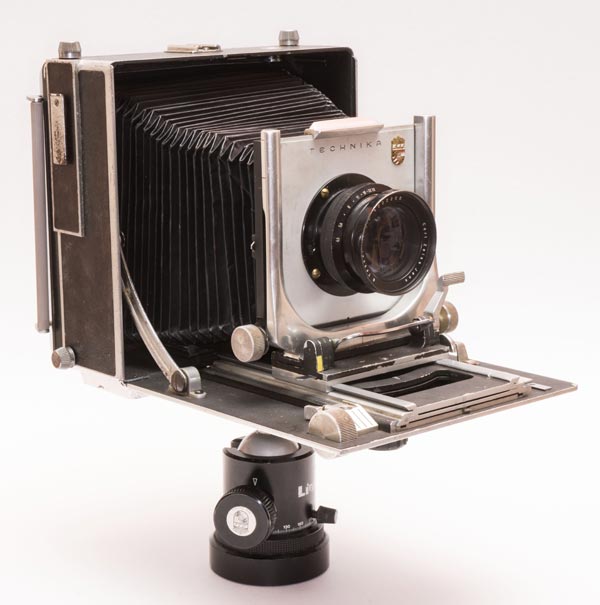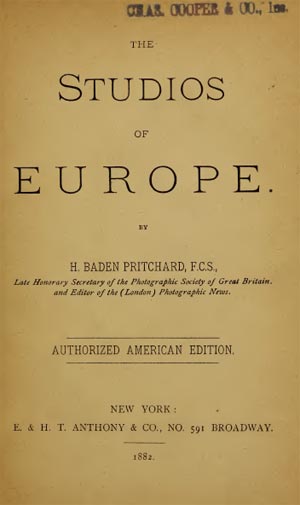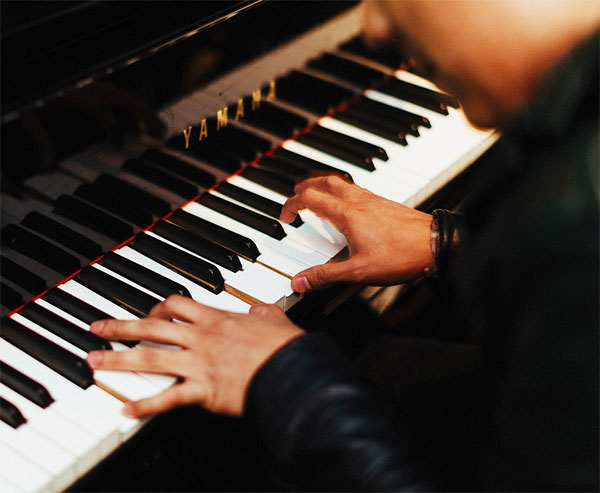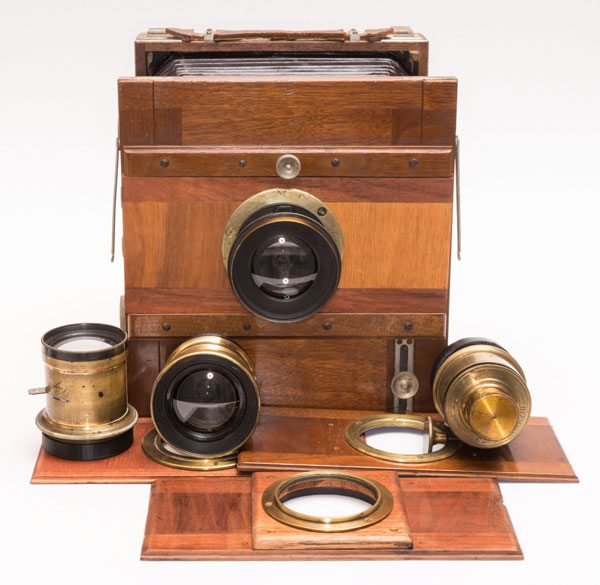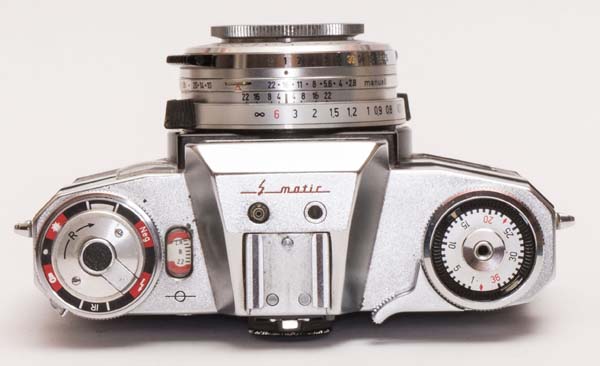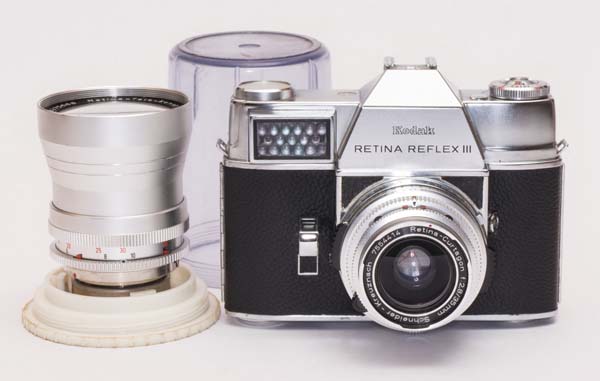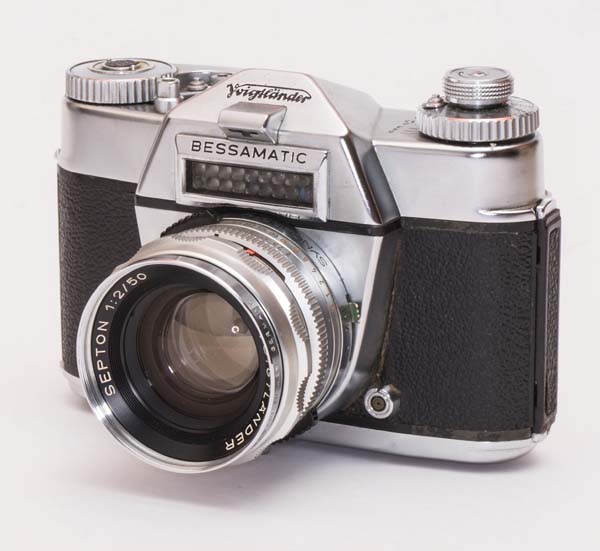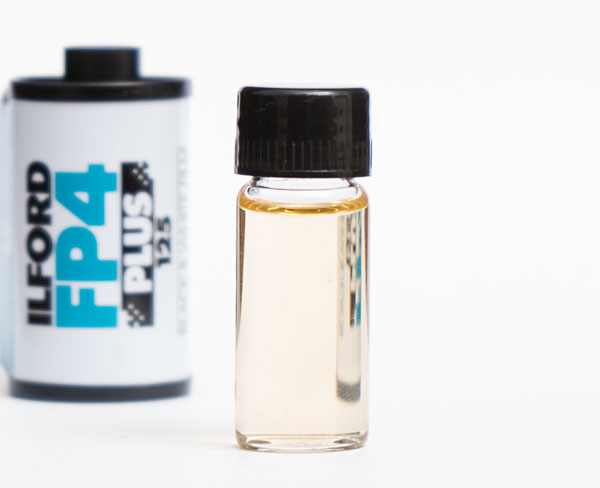Camera in 13 x 18 cm or 5 x 7" format, this Linhof Technika follows the basic design of a drop bed but has a very large number of features. All metal, it is built with a precision that allows for smooth and precise movements even after many decades of use.
Author - wlungov
This is a 1911 publication and is arranged in alphabetical order as in a dictionary. No subject is explored in depth but it is very useful for researching terms related to photography. Chemical reagents, photography genres, optics, cameras, all kinds of accessories, processes, etc. There are 636 pages especially useful for those studying the...
Very simple device, but it causes a surprising immersive effect to see photos. The graphoscope was an indispensable accessory for collectors of carte de visite or cabinet pictures, the established formats of photographic portraits that were a real craze in the 19th century.
This book covers the practice of professional portrait photography in leading studios across Europe. It was published in 1882 and therefore refers to the period when carte cabinets were consolidated as the preferred format in relation to the carte de visita format that had its peak in the 60s and 70s. In addition to the names of the main...
Wooden and ground glass camera from the first half of the 20th century. A very simple type of construction with few movements but still rigid and well finished. Certainly a camera for the amateur photographer when the 13x18 cm format still didn't scare anyone.
Imagine a piano on which you can play any song like a virtuoso. Imagine a camera with which you can take any picture like a pro.
Sort of ontological type of camera, this is a typical field camera camera with most of the controls this of construction used to offer. It is a 13x18 cm format and offers the possibility to use many different lenses. Probable date is the 1930s
Contaflex was a very popular 35mm monoreflex camera among the most dedicated amateurs in the 1950s/60s. Between hits and misses, it helped to pave the way for the explosion of Japanese brands that followed.
There was a Kodak AG in Stuttgart, dedicated to sophisticated cameras and demanding specifications. There were for four decades a line of cameras called Retina, of which the Retina Reflex was the most sophisticated and end of that era.
One of the latest monoreflex launched by one of the big names in German industry before the category's dizzying growth with Japanese brands. With impeccable construction and a great range of optics, Bessamatic also boasts the title of the first 35 mm camera to offer a Zoom lens for photography, the Zoomar 36-82mm f / 2.8
Halfway between the photographic image and the manual drawing, the Camera Lucida was very popular in both artistic and scientific imagery. See how it works optically and learn a little about its history.
This is a developer that you can easily make at home. It is very versatile, has a long shelf life in concentrated form and is easy to use. Its formula uses dilutions of 1:25, 1:50, 1: 100, and up to 1: 200 in water. It is a great option for developing black and white films for those who develop occasionally and want to work with just one developer...
